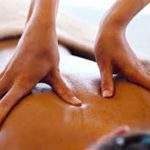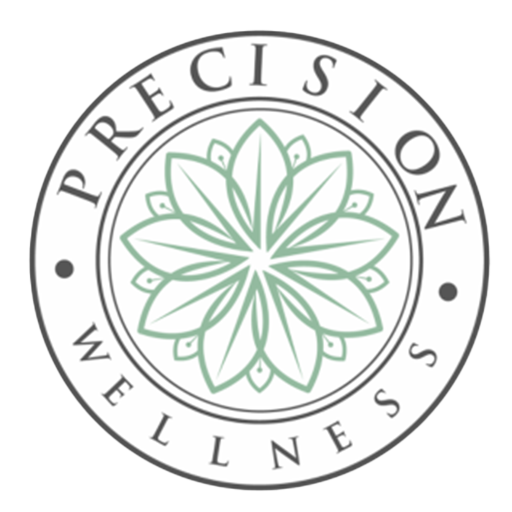Generally, people use massage for either general relaxation and wellbeing, or to address a specific complaint, such as pain or limited range of motion. Research suggests massage therapy may contribute to both goals.
Some of the general benefits of massage therapy may include:
- Physical relaxation
- Improved circulation, which nourishes cells and improves waste elimination
- Relief for tight muscles (knots) and other aches and pains
- Release of nerve compression (carpel tunnel, sciatica)
- Greater flexibility and range of motion
- Enhanced energy and vitality
- Some clinical styles may help heal scar tissue as well as tendon, ligament, and muscle tears
What specific conditions can massage therapy help?
Massage therapy may help the body in many ways. Massage can relax muscle tissue, which may lead to decreased nerve compression, increased joint space, and range of motion. This may lead to reduced pain and improved function.
Massage therapy may also improve circulation, which enhances the delivery of oxygen and nutrients to muscle cells and helps remove waste products. These circulatory effects of massage may have value in the treatment of some inflammatory conditions, such as arthritis or edema (an excessive accumulation of fluid in body tissues, which may be reduced using manual lymph drainage).
Massage therapy is also thought to induce a relaxation response, which lowers the heart rate, respiratory rate, and blood pressure; boosts the immune system, and generally decreases the physical effects of stress.
These effects suggest that massage may be helpful for a wide range of conditions. Some of these are listed below.
| Decreases pain and increases functioning in these conditions: | Helps treat and manage symptoms or complications of: | Other psychological, emotional, and physical benefits: |
| Carpal tunnel Sciatica Tension headaches Whiplash Scoliosis Torticollis Tendon and muscle tears Thoracic outlet syndrome Varicose veins Pregnancy-related back pain and other discomforts Myofascial pain Sore or overused muscles (prevents and treats) Muscle injury (offers rehabilitation) | Gout Rheumatoid arthritis Osteoarthritis Muscular dystrophies Raynaud’s Disease Diabetes Hypertension and congestive heart failure Reduces risk of chronic diseases, such as heart disease, diabetes autoimmune diseases | Improved mood Reduced anxiety Lower stress levels Lessening of depression Reduced anger and aggression Improved sleep patterns and decreased sleep disturbance Reduced fatigue Enhances immune system Improves athletic performance and enhances recovery |




